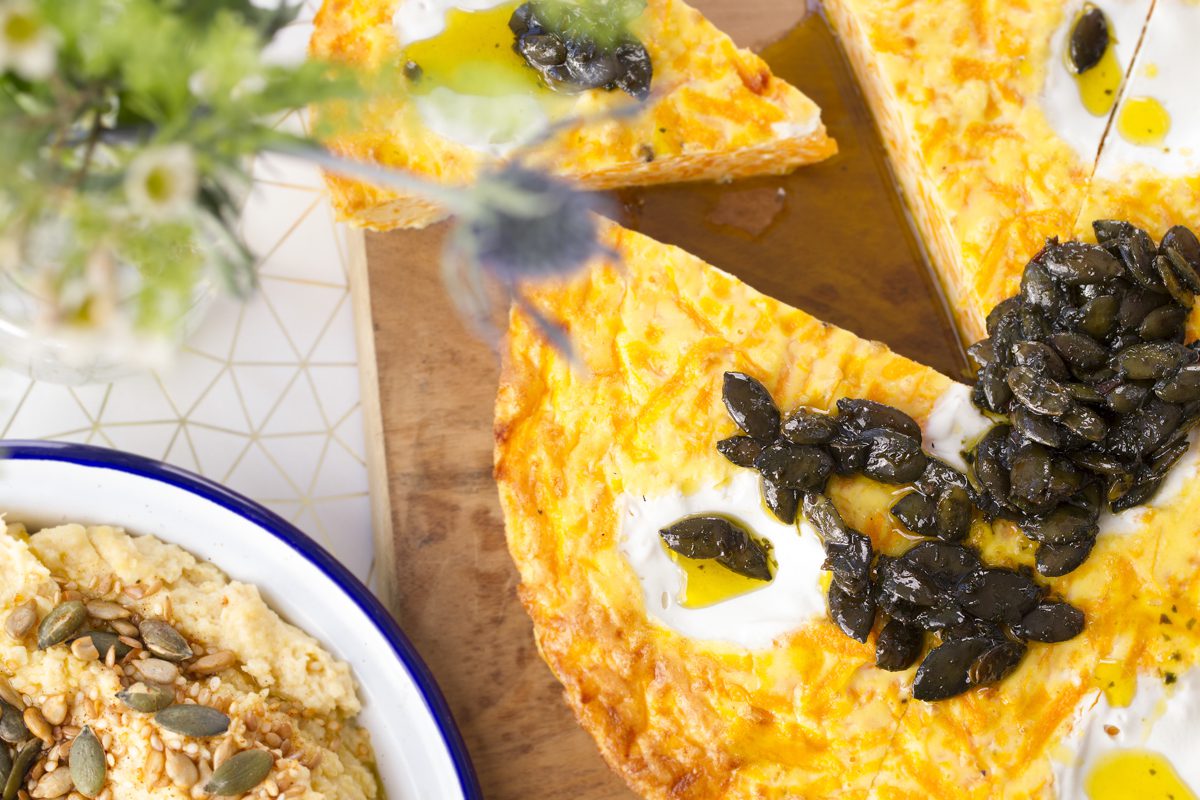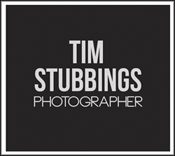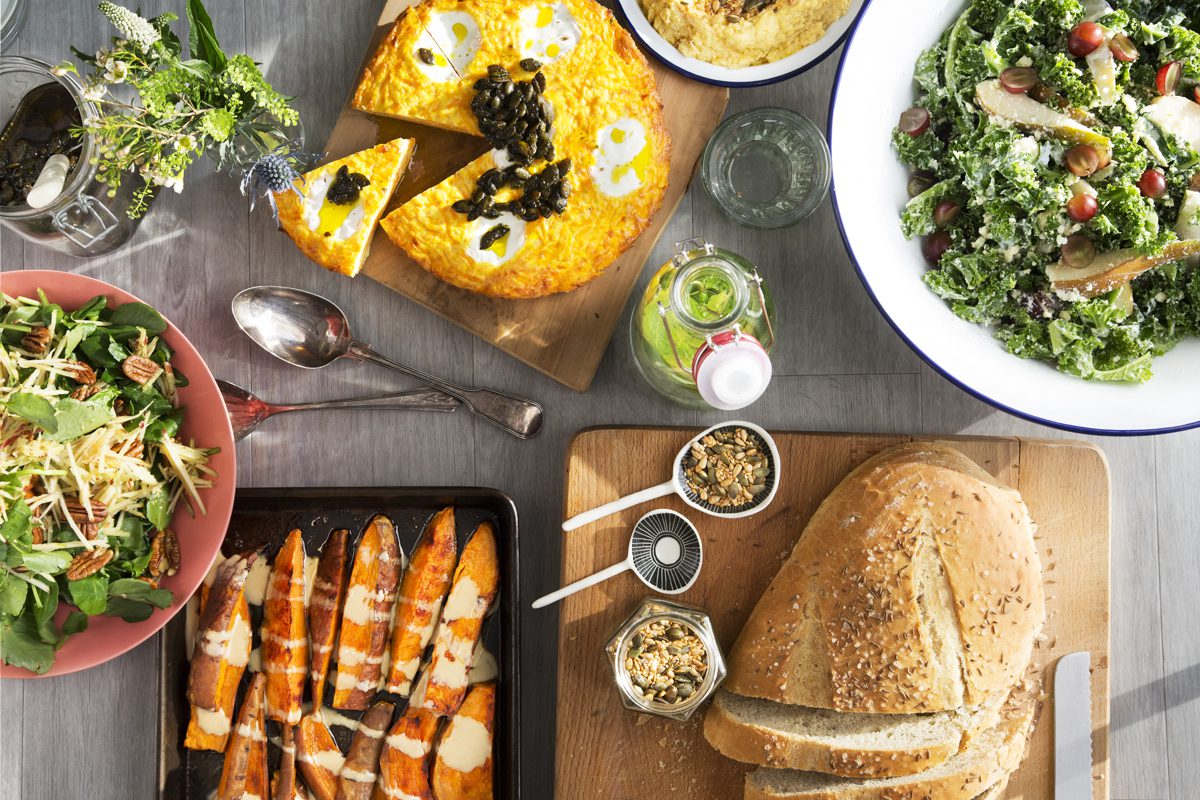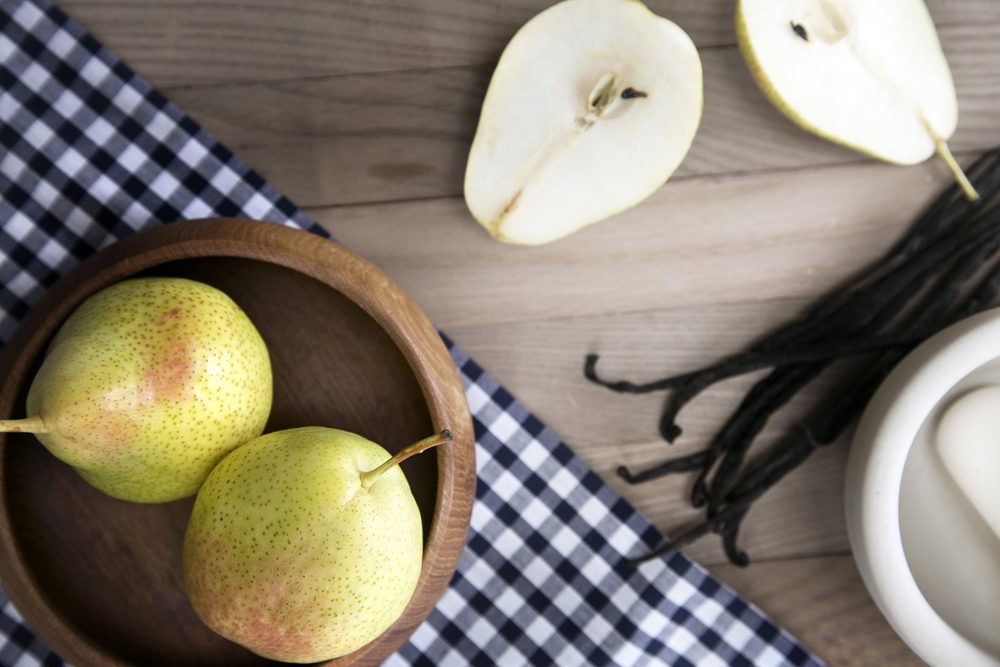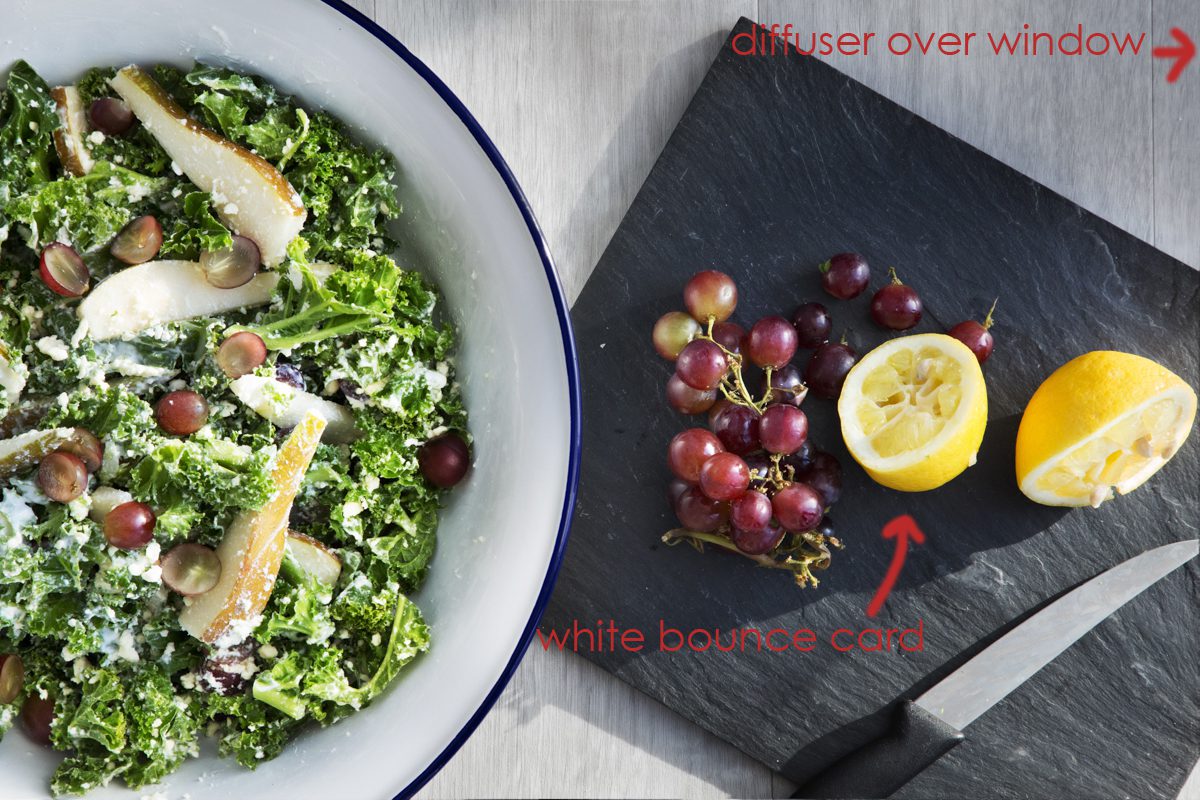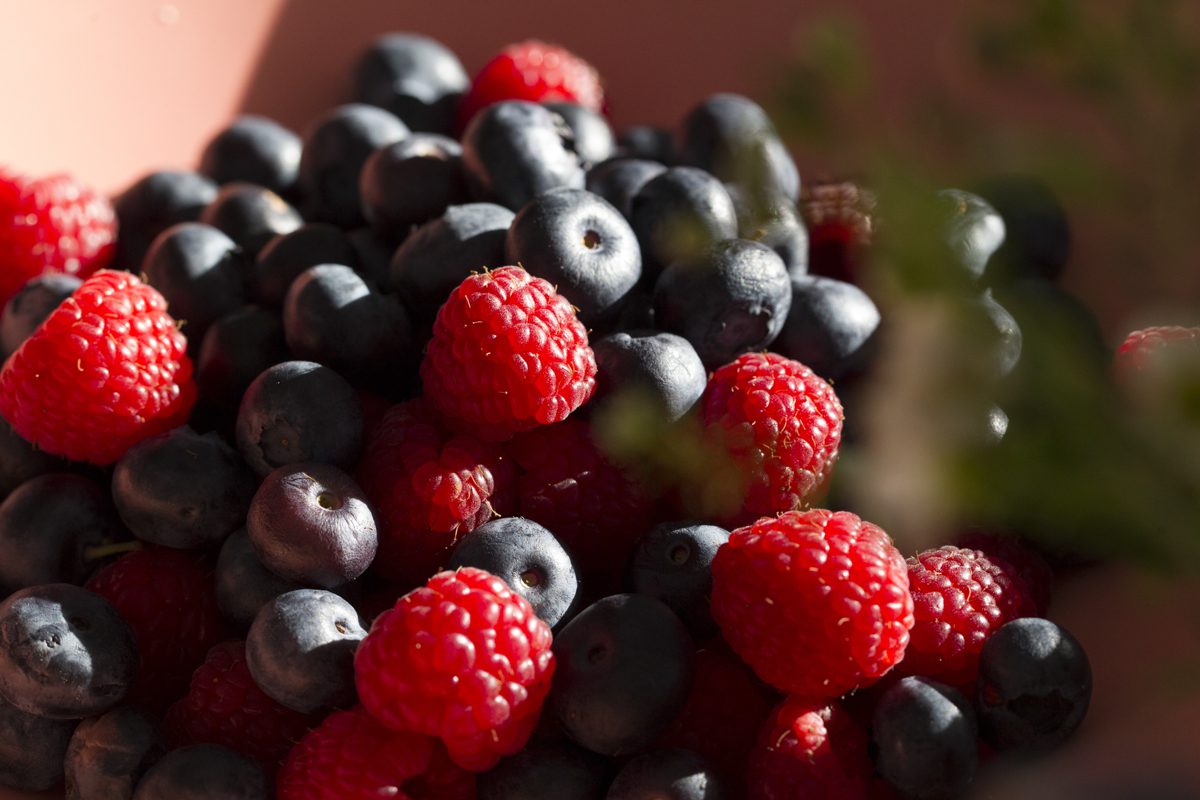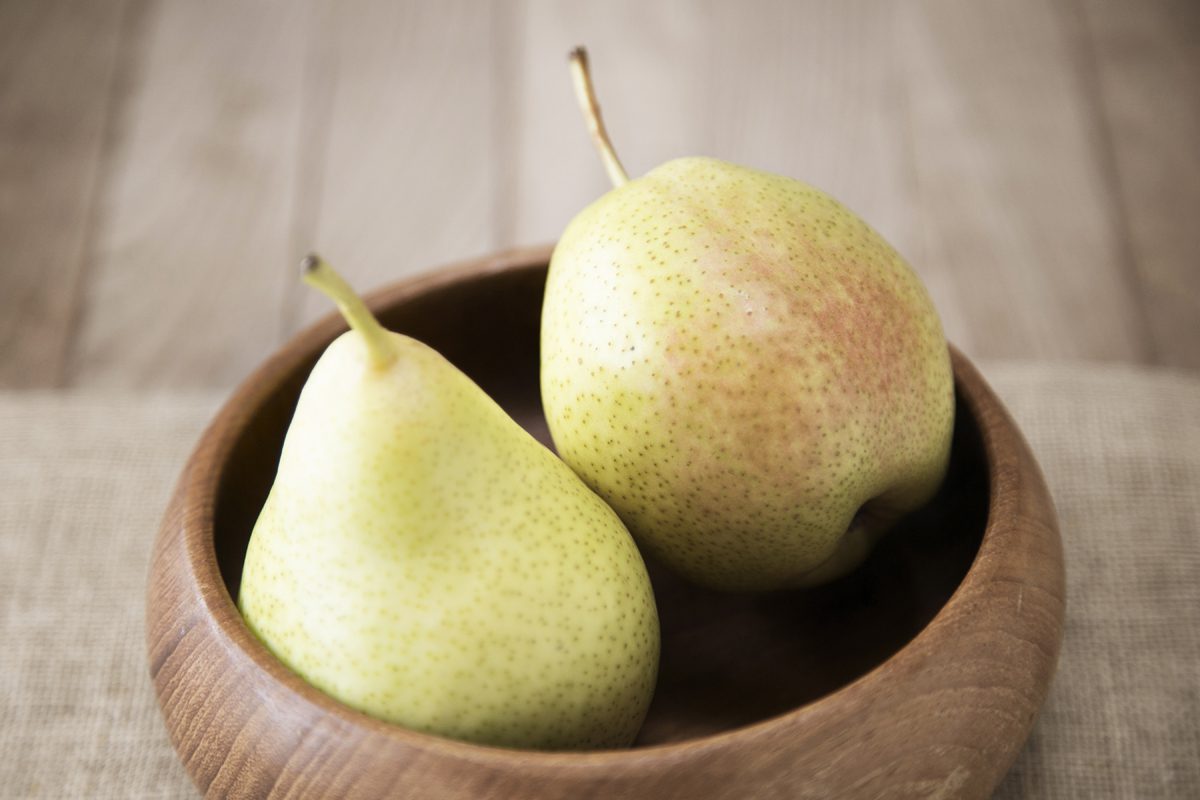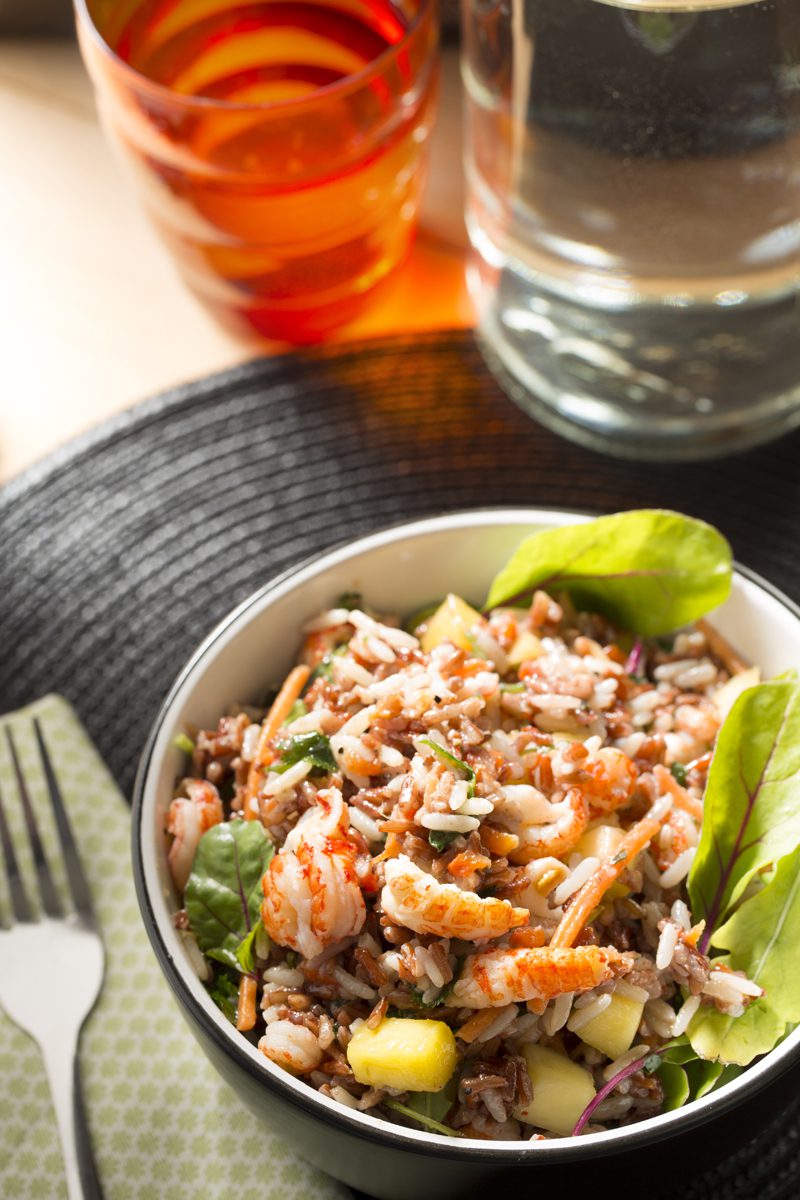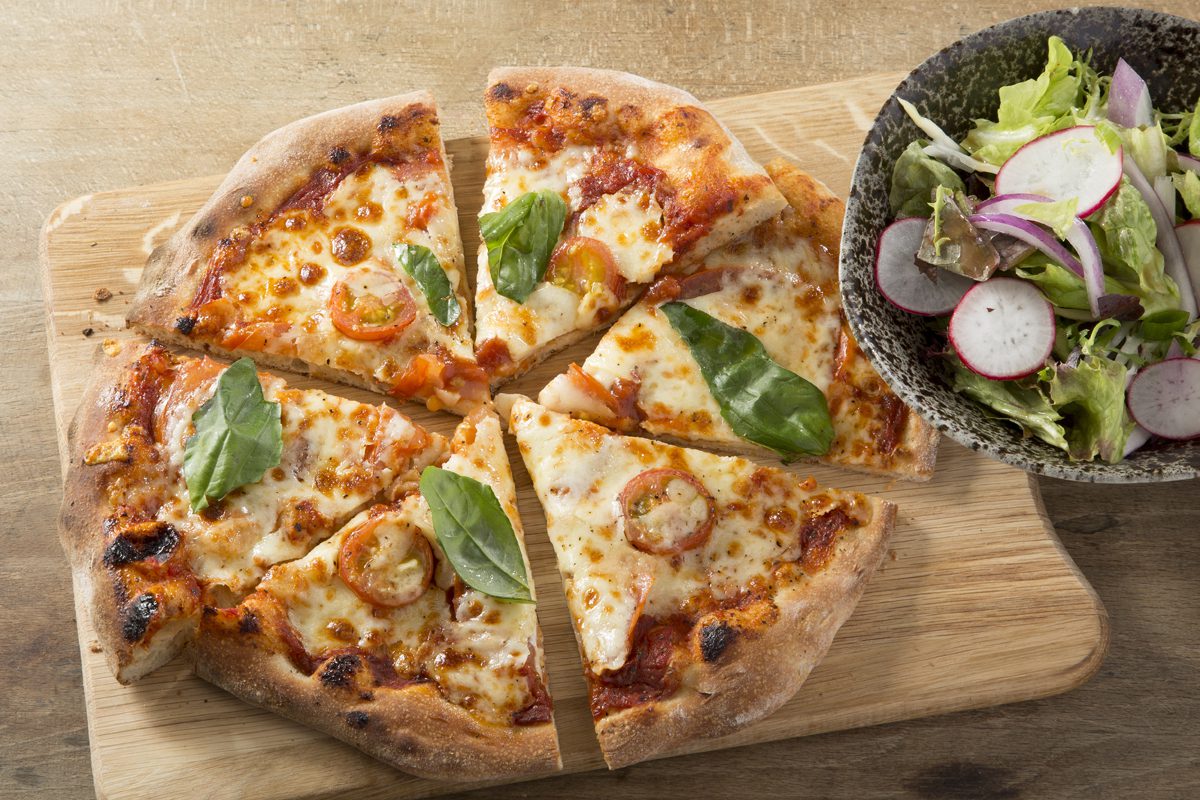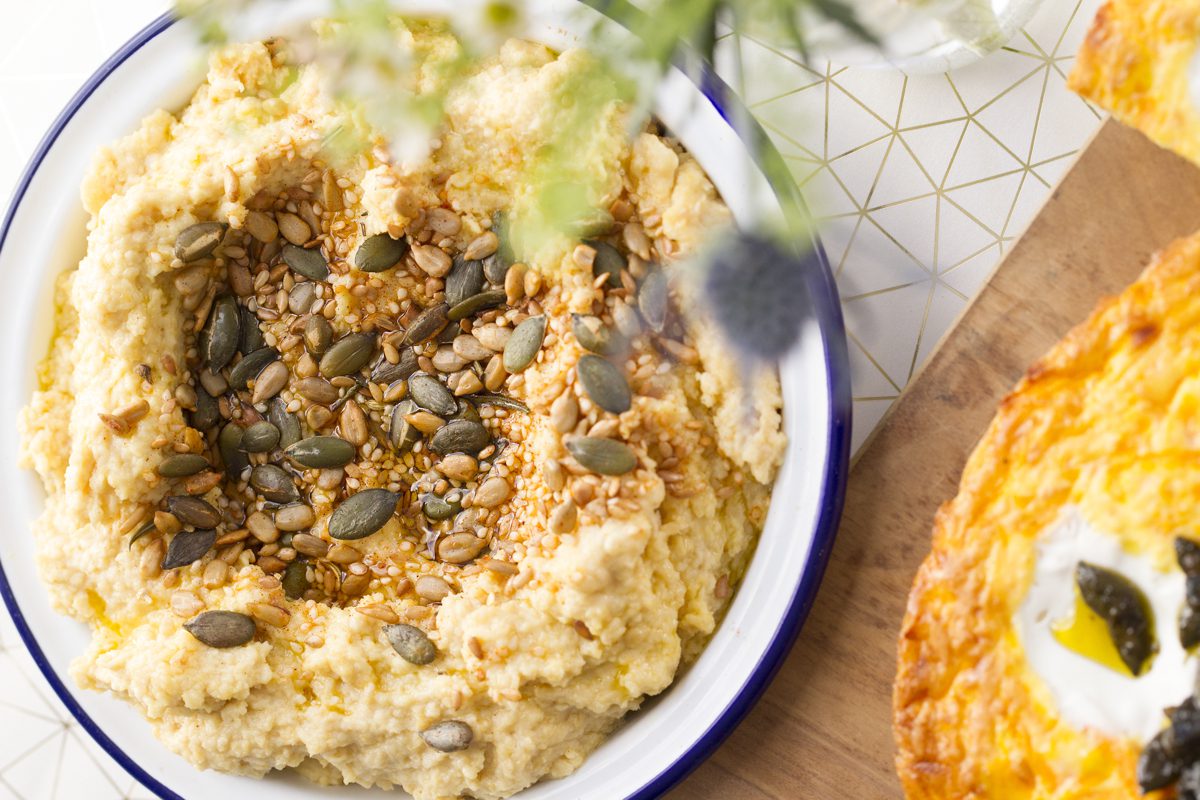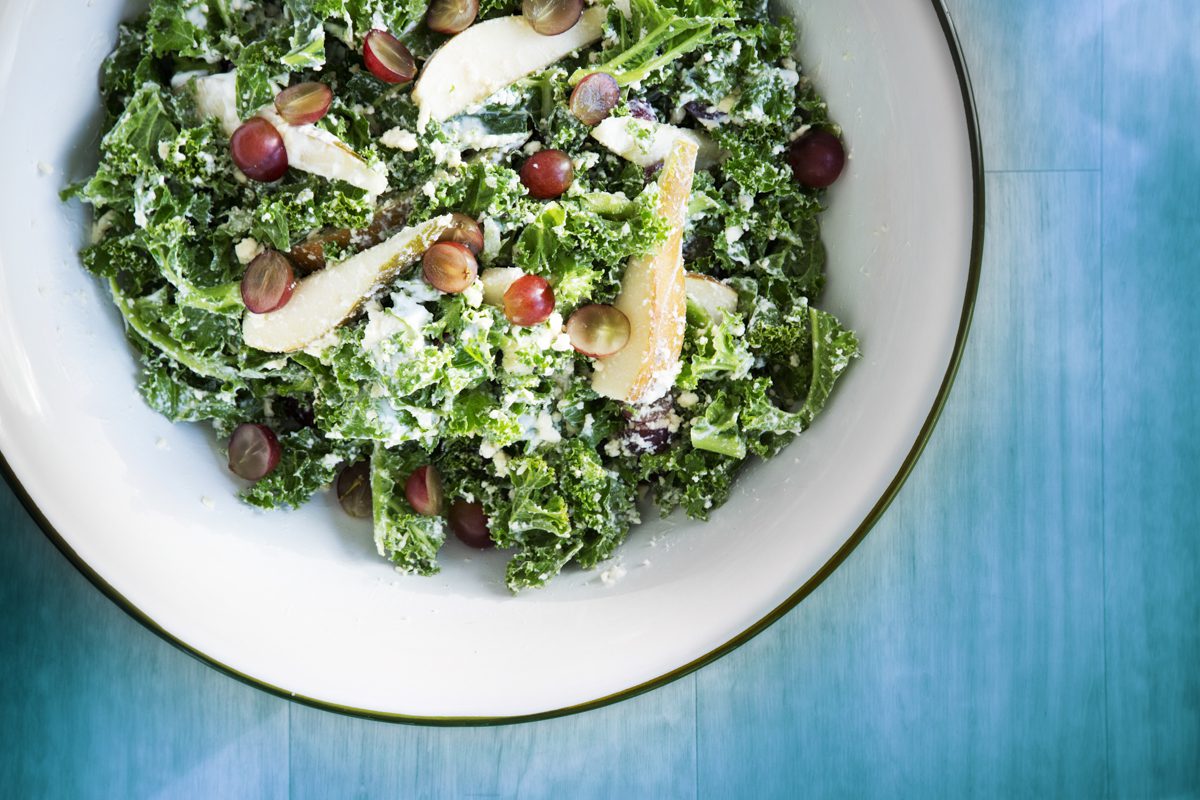FOOD PHOTOGRAPHY FOR RESTAURANTS IN KENT
I’ve recently completed shooting a test menu for a chef (as part of my ongoing work producing food photography for restaurants in Kent) and it got me thinking about the typical fixes I use to overcome the challenges of working on location. This isn’t all going to be about lighting, so if you’re interested in what angles and other techniques work and why, read on!
When I’m away from the Canterbury studio, and when a restaurant recce hasn’t been possible, the first things to decide when you arrive to setup is where to build the set and how to light it. Let’s face it – it’s always nice to shoot close to a decent-sized window that lets in all that soft natural light onto a perfectly styled kitchen surface, where a bowl of freshly whipped hummus sits poised and waiting. However it’s not always possible to have this. Windows don’t always face the right way (how rude). Strong sunshine if left unchecked can destroy the look of picture. The shape and angle of the overall room you’re in might be working against you if the background needs to feature prominently but the natural light is in the wrong place.
In terms of lighting, tighter, more close-in table-top sets will give you much more scope to either dial down the light that’s around or increase it artificially. All of the images in this post were shot in a space where I was butted up against a huge glass sliding door with burning, low morning sun pouring in. Without any modification, this would produce shadows and highlights that are too strong. This is why I always carry a range of large black and white pieces of card. They can be used to block or reflect the light to make behave life a vertical shutter or blind – adding shadows or shafts of light, taking light away, or pushing it back in. Had I been stuck in a corner with no windows (or so far away that the lighting was too flat and even) then it’s more likely that we’re replicating the look and feel of natural sunlight with studio lights – shone through soft material diffusers and reflecting small amounts of light back into the food (cards, silver paper and even cosmetics mirrors).
In terms of where the camera should go, there are many different ways of approaching this. I’ve found that it’s a classic series of angles that will work most effectively – especially when you are working with a variety of dishes under a time pressure.
You’ll find that food photography in books and magazines commonly appears in portrait / long orientation. It adds depth to a dish and allows a nice focal point from foreground to middle. For web cropping in landscape orientation, this becomes harder because the information has to work from left to right and through the middle of the frame. Whichever format is required, I like to work with the following angles: Middle (45 degrees), High (75 degrees) and Overhead (90 degrees). I tend not to shoot directly overhead but this can be very effective for still life imagery, stylised pictures of ingredients and very flat objects like pancakes or decorative place mats.
45 Degrees (Middle) will get you into the body of most dishes, depending on the type of plate, bowl or board you are serving. Anything lower than this and the message could become confused and it starts to look like the focus is more on the actual bowl or plate than whats in it. 45 allows for an effective placing of foreground and background items for depth, be advised that this will require a larger set or table top!
75 Degrees (High) allows you to get right into the heart of the dish and doesn’t require such a large set. You will find the image starts to get compressed so you will need to work a bit harder to separate it from the background.
And finally onto our overhead 90 Degrees shots – the set will be flatter and tight at this point so you will need to think about lighting the objects from the side. By doing this you’ll create lines of interest, shadows and highlights; essentially making the object pop out and become a straight point of interest.
If you’re thinking of updating your seasonal menu or are simply wanting to freshen up your website with commercial, please do get in touch. We have produced commercial photography for a number clients making food and drink produced in Kent. We have commercial photographic studios in Canterbury in Kent or can set up on location at your premises.
